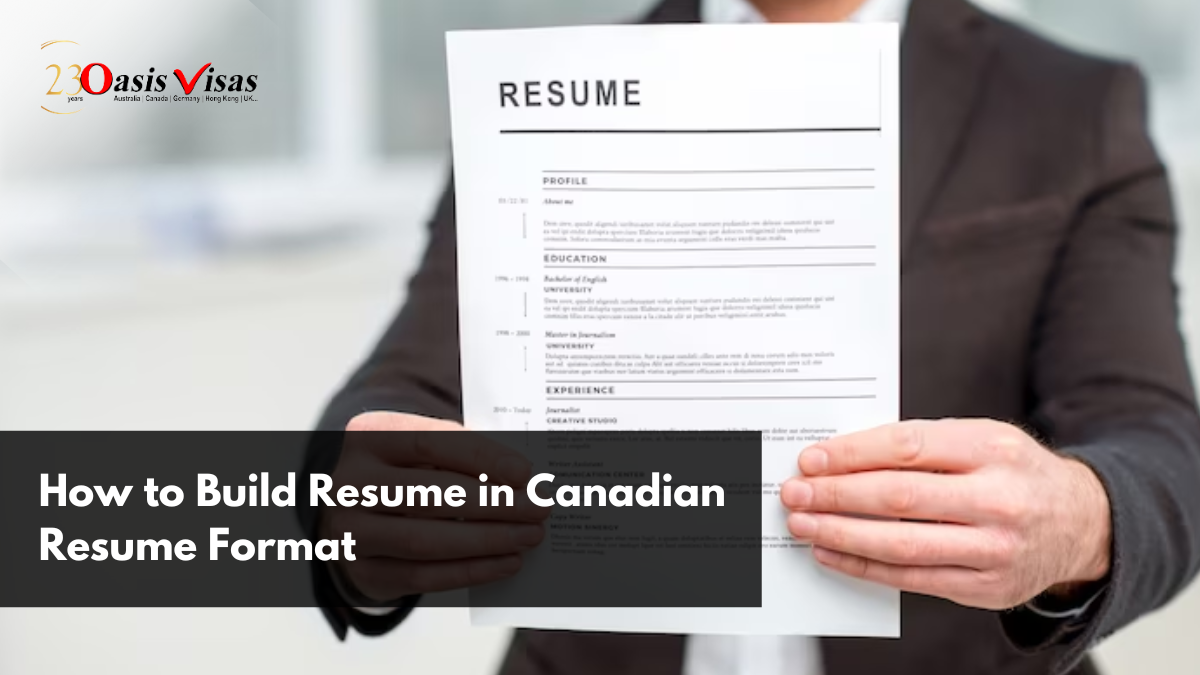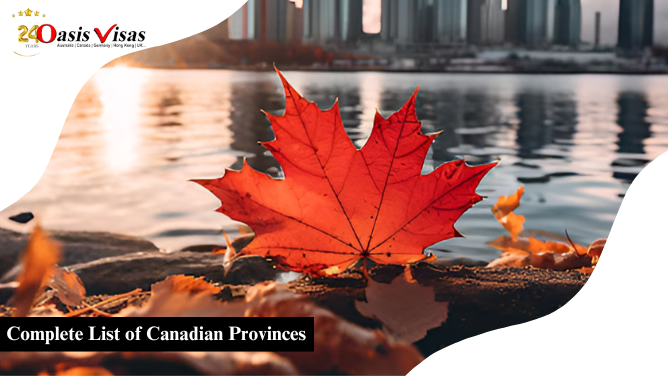
Special key for finding jobs in Canada is to build resume in Canadian resume format. People tell employers about their skills and education through their resume.
Usually, it’s only one or two pages long, but sometimes it can be longer if someone has done a lot of work before. The main point of a Canadian resume format is to show why you’re a good fit for a job.
Even though Canadian resume format is a bit like American ones, they have their own way of doing things. They use specific sections like contact info, a short description of what you want to do in your career, your work history, what you learned in school, your skills, and people who can say good things about you. This makes it easier for bosses to see if you’re right for the job. So, when you’re looking for a job after Immigration to Canada from India, your resume is your first chance to impress the people who might hire you. That’s why it’s important to make your resume special and stand out in the job market.
In Canada, having a good resume is super important because it’s the first thing employers look at. It’s like a ticket to maybe get an interview for a job and show that you’re a good choice. That’s why people should be careful about what they put in their Canadian resume and make sure it matches what Canadian employers expect. So, whether you’re new to the country or have been working for a while, understanding how to make a Canadian resume is key to a successful job search after Study in Canada from India.
1. Your Contact Information at the top of your resume.
2. A short summary about your job skills.
3. Your past jobs and what you did there.
4. Things you’re good at.
5. Info about your schooling.
6. More stuff like other languages you speak, certificates you earned, any volunteer work you did, awards you received, things you accomplished, and things you’ve written.
How to Create a Resume in a Canadian Format?
There are some steps to create a resume in a Canadian Format
1. Select Format
When you make your Canadian resume, you need to decide how to organize it based on your past jobs. There are two common ways:
1. Functional: With this approach, your focus is on your skills rather than your work history. It’s a good choice if you haven’t worked much before or if you’re changing careers, as it highlights what you’re good at.
2.Chronological order: This method lists your jobs in order, starting with the most recent one. It’s good if you’ve been working in a related field for a while because it shows your work experience.
2. Resume Headline
When you’re making your resume, think about the part at the very top, which is like your introduction. This part in Canada is a lot like things to do after landing in Canada includes your name, phone number, email, and where you’re located. Make sure to say your city and the state, province, or territory it’s in. If you have a professional profile online, like on LinkedIn, you can add a link to it. It’s also a good idea to make your name bigger or bold so it stands out.
Having your contact info on your resume is super important. It’s how employers get in touch with you. In the job market, there are many resumes to go through, and your contact details help them reach you quickly if they want to talk to you. A well-organized header shows you pay attention to details, which employers like. It’s the first thing they see, so it’s a big deal. It sets a good impression and starts the process of talking to possible employers about the job you want.
3. Summary of Profession
Under your name and contact details on your resume, write a small paragraph known as a professional summary. In this part, briefly mention your strong points for the job. You can mention things like your experience, skills, education, or important accomplishments. Just remember to keep it brief, so the folks who might hire you are interested in reading the rest of your resume.
4. Background of your Education
In most Canadian resumes, you mention your education at the bottom, after you talk about your skills and work history. However, if you just graduated, it’s fine to put your education section above your work experience to emphasize it. In this part, tell them what degree or diploma you got and the school’s name. Only include the graduation date if it’s within the last three years.
How to make a Canadian Resume Format?
1. The Contact Information Section on your resume should contain key information such as your full name, phone number, email address, and, if relevant, a link to your LinkedIn profile.
2. In the Summary part, give a short summary of what you’re good at and what you want to achieve in your job, showing what you can bring to the role and what you’re aiming for in your career.
3. When talking about your work experience, begin with your latest job and go back in time. Mention your job titles, the names of the companies you worked for, how long you worked there, and explain what you did and any impressive things you achieved in each job.
4. In the Education part, share info about your school qualifications like degrees, diplomas, certificates, and the classes or subjects you’ve learned that relate to the job.
5. In the Skill part, show a range of job-related skills you have (like using specific tools or doing tasks ) and also mention how good you are at working with others, communicating, and being part of a team.
6. Make sure your resume looks nice with easy-to-read fonts and a well-arranged layout. You have to take it for the job and try to keep it to 1-2 pages. Use Canadian English and correct grammar.
If you want to know more information related to the Canadian Resume format. Consult with us. Oasis Visas will help you.









